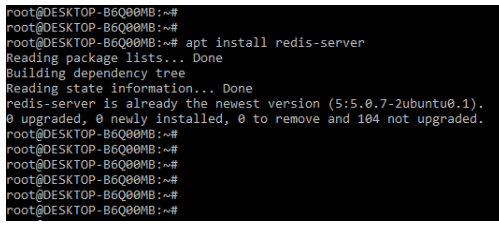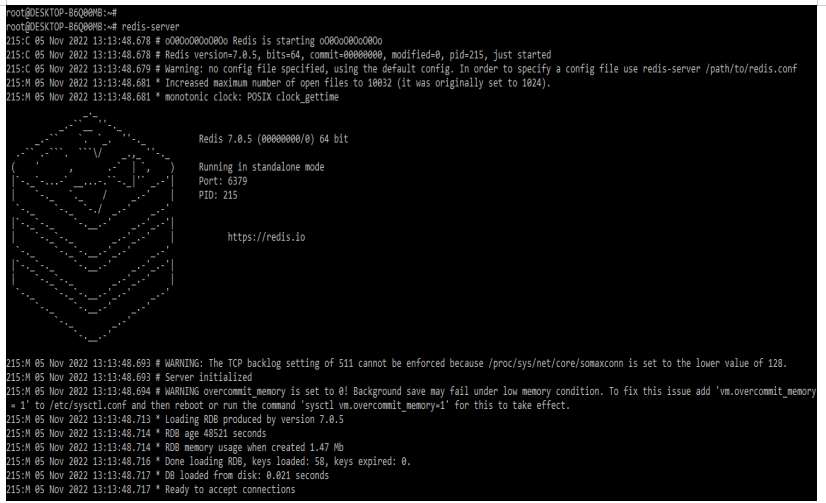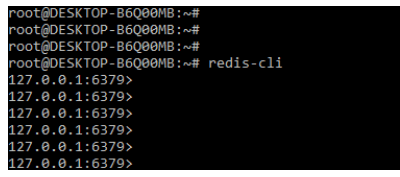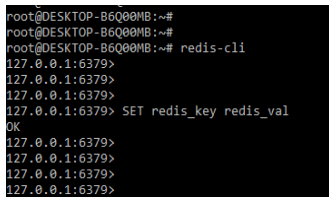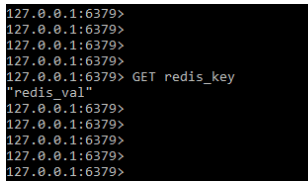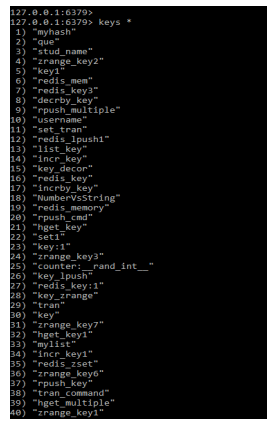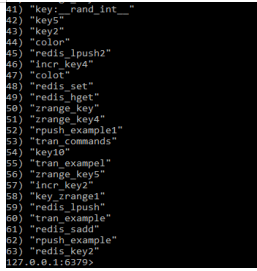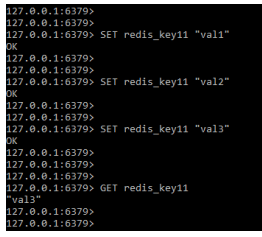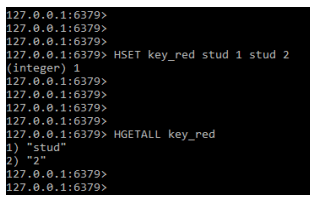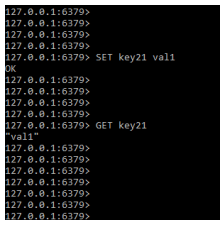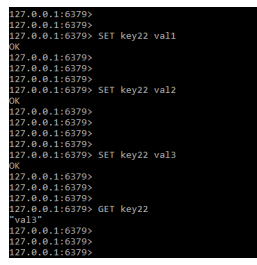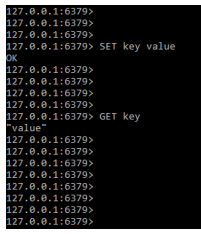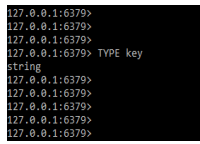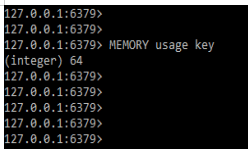Introduction to Redis Key Value
Redis key value uses the method of key value for storing the data. Redis database contains a simple string that is always unique and arbitrary large field. It is very easy to design and implement. The redis is NoSQL database, so it implements the hash tables to store the unique keys along with pointers that contain corresponding data values. The redis values contain scalar types such as integers.

Key Takeaways
- It is fast in memory and key value store database, where the keys are strings and the values can be any data type defined in redis.
- It supports various data types in key value stores, as well as various key value operations.
What is Redis Key Value?
It is a key value store database that uses key value pairs to store data. This is the concept that uses the key and value for data storage. Unlike relational databases, keys in Redis are unique and serve as an identifier for the value that they are holding. It uses a simple command to perform operations when using the redis CLI utility.
Keys are binary safe, which means we can use any binary sequence as a string key. The empty string is also a valid key value. Long keys, for example, of 1024 bytes, are not good not only from a memory perspective but also because the lookup key into the dataset requires multiple key comparisons.
How to Create Key Value Pairs in Redis?
We are creating a key value pairs using the set method. Below steps shows how we can create the key value pair as follows:
1. In the first step we are installing the redis in the ubuntu system by using the following command.
Command:
# apt install redis-serverOutput:
2. Now we are starting the server by using the following command because the server does not start automatically while installing the server.
Command:
# redis-serverOutput:
3. After starting the server, we will login with the following command:
Command:
# redis-cliOutput:
4. When we login to the server, we create the key name redis_key and define the value of the key as redis_val.
Command:
SET redis_key redis_valOutput:
5. After creating the key value pair, we now check the value of the key using the get method, as shown below.
Command:
GET redis_keyOutput:
6. We can check all the existing values by using the below command. It will display all the keys which exist on the database server.
Command:
KEYS *Output:
Key Value Database
Basically, redis is a key value database, which means that all data is stored based on the key that we defined. The value can be scalar data types like an integer or complex structures like JSON and BLOB. We store the value as an integer, a string JSON, or an array. It will typically provide excellent performance, which we can optimize to meet the needs of the organization.
Key value store will contain not any language but it will provide a way to add and remove the key value pairs. The below example shows how we can define the key and value in the redis database as follows.
Command:
SET redis_key11 "val1"
SET redis_key11 "val1"
SET redis_key11 "val1"
GET redis_key11Output:
In the below example, we are using the hget command to define the key value pair in redis.
Command:
HSET key_red stud 1 stud 2
HGETALL key_redOutput:
Redis Set and Get Key Value
We use the set and get commands to define the key value. In the example below, we execute the set command once and then the get command to display the value of the newly created key. The set command is used to create a new key with the specified value, and the get command is used to retrieve the values from the specified key, as shown below.
Command:
SET key21 val1
GET key21Output:
In the following example, we execute the set command three times, and then the get command displays the value of the newly created key. In the following example, we can see that after executing the set command multiple times with the same key, it displays the most recently updated value of the key, as shown below.
Command:
SET key22 val1
SET key22 val2
SET key22 val3
GET key22Output:
Use Cases for Redis Key Value
Below are the use cases of the key value database as follows. It contains the multiple use cases as follows.
- Large scale session management – By using key value database we manage the multiple session in a database server. It manages multiple sessions at one time in a DB server.
- Use cache to improve the response of application – By using the key value we use memory cache to improve the response of our application because all the data is stored in the memory.
- Store personal data for specified users – Key value database is used to store the specified personal data by using a single key in the database server.
- Recommendation of product and individual customer – By using redis key value we create the personal list of users; in a single key, we store all personal data to retrieve the data faster.
- Managing the player session – In the online game system of multiplayer, it is possible to manage the session of the player by using the redis key value.
Memory of Redis Key Value Stores
Redis is an in-memory key value store that uses keys to store data. As a dictionary, the database will contain all of the data keys needed to retrieve the specified value. It supports different types of values in its key and value stores.
The following are the concepts of the redis database:
- It is used in database cache or also it’s used in the message broker.
- It supports multiple structures and data types.
- It contains built-in replication.
- The redis key contains a size of 512 MB.
Redis allows us to set and retrieve the pairs of keys which are defined. The below example shows key value stores as follows.
Command:
SET key value
GET keyOutput:
The below example shows how we can check the type of redis key as follows. We use type command for the same.
Command:
TYPE keyOutput:
We can check the key memory usage by using the following command as follows. It will show key memory.
Command:
MEMORY usage keyOutput:
FAQ
Given below are the FAQs mentioned:
Q1. What is the use of key and value in redis?
Answer: Key and value are very important concepts. They are used to store the data in redis.
Q2. What is the use of set and get command in redis key value store database?
Answer: Redis set is used to create the key with the specified value and the get command is used to display the value.
Q3. How redis is different from other key value store databases?
Answer: Redis contains the different evolution paths into the key and value where the value contains complex data types.
Conclusion
Redis keys are binary safe, which means we can use the same binary sequences as the key of the string. Key value uses the method of key value to store the data. Redis database contains a simple string which is always unique and arbitrary large field, it is very easy for designing and implement.
Recommended Articles
This is a guide to Redis Key Value. Here we discuss the introduction, how to create key value pairs in Redis, use cases, and memory. You may also have a look at the following articles to learn more –
